A 7-step framework for advocacy messaging
This article was written for Thetilt.org
How a seven-step toolbox on shifting migration narratives can help us achieve lasting change.
By Genevieve Sauberli and Christina MacGillivray
When you hear the word ‘migrant’ or ‘migration’ what images come to mind? We’ve asked that question many times and the answer is always similar; the images that come to mind are often of people suffering — in camps, boats, or immigration detention. These associations are linked to a dominant narrative based on political rhetoric, media reporting and public discourse. This narrative has one main flaw, its propensity towards ‘othering’ migrants — be it directly or indirectly — reinforcing a division between ‘us’ and ‘them’.
Needless to say, othering narratives on migration have direct impacts on the lives of migrants and our societies. These narratives have been difficult to shift for a range of reasons, including a desire to protect ‘our rights’ before those of ‘others’.
Human rights are not a zero-sum game in which we can only protect our rights at the expense of another person’s. The more we increase rights protection for all, the more they become available to everyone.
The solutions to systemic exclusion should be sought not only in legal and policy work, but also in our way of seeing and talking about the world.
This is how, a few years ago, UN Human Rights started looking to narrative change and working with a broad range of partners from the media, creative arts, advertising and civil society to find new ways to push for change. As a result, we developed #StandUp4Migrants, a seven-step toolbox for changing the narrative on migrants and migration.
Launched on International Migrants Day 2020, the UN High Commissioner for Human Rights called for new stories on migration, emphasizing the need for, “Stories that inspire and connect us, rather than tearing us further apart; stories that paint a hopeful picture of the future we share and stories told by migrants themselves.”
Targeted at anyone who wants to bring about change, the seven steps outline practical guidance through providing information, inspiring examples, ideas for action and activities to complement strategic communications and policy work.
Step 1: Create a Vision of the World You Want to See
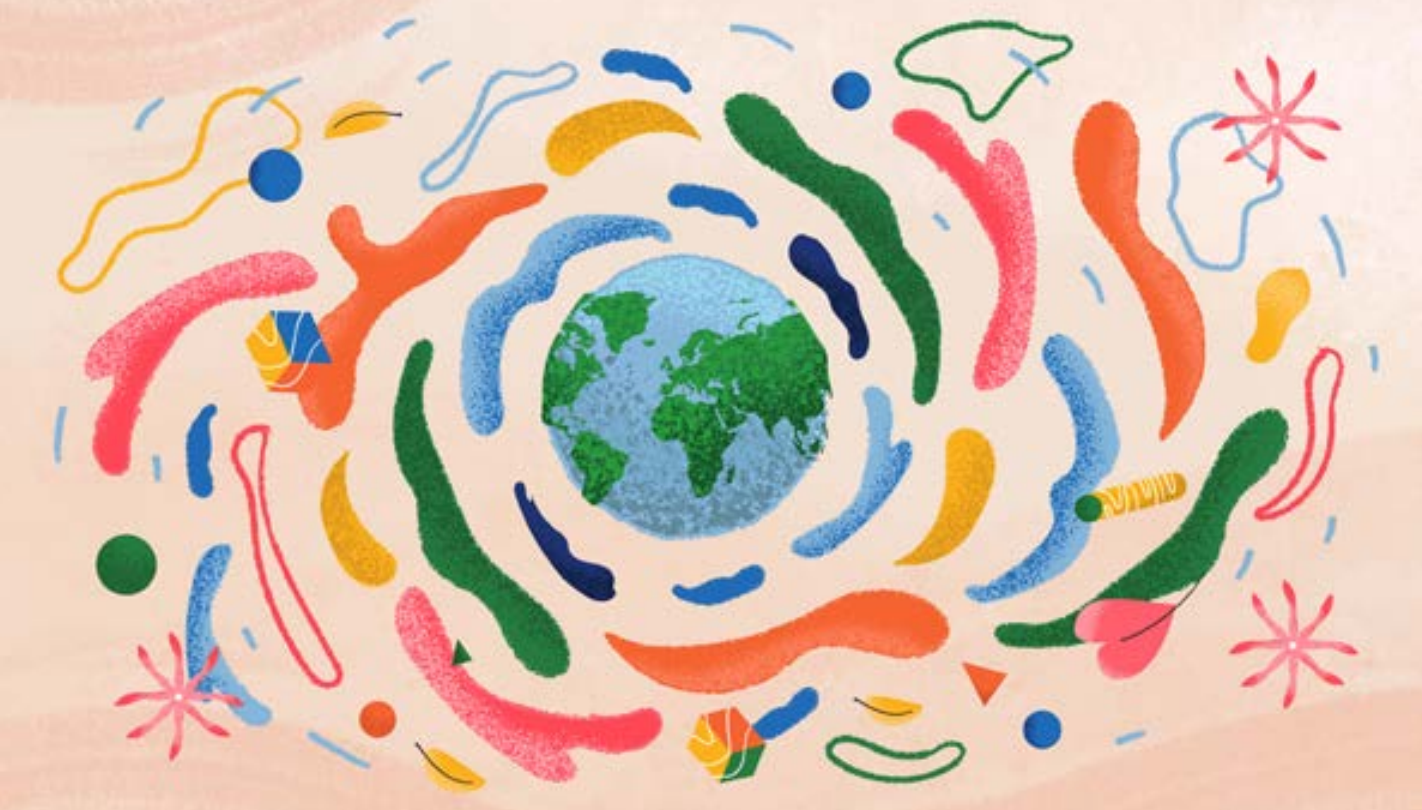
The first step is to define a positive and hope-based vision that will serve as a constant guide for our work. It focuses on shifting our communications away from what we do not want to see and assuming our role in showing people that a different world is possible. Research demonstrates people are more likely to act if shown positive images and given an opportunity to be part of something larger over negativity and threats. By shifting from the negative towards a vision of hope we can better inspire others to act.
For example, imagine you commissioned a painting. At first, you told the artist all of things you did not want included in the painting, for example no more immigration detention and no more deaths at sea, what would this painting look like?
Then imagine you shifted to telling the artist what you actually want in the painting, for example people with the same rights, women’s health centres, free access to healthcare. What would this painting look like?
Use human rights as a starting point to move the migration conversation from “the other” to “we” and thereby construct a counter-narrative of “us”.
Step 2: Promote Values Based Narratives
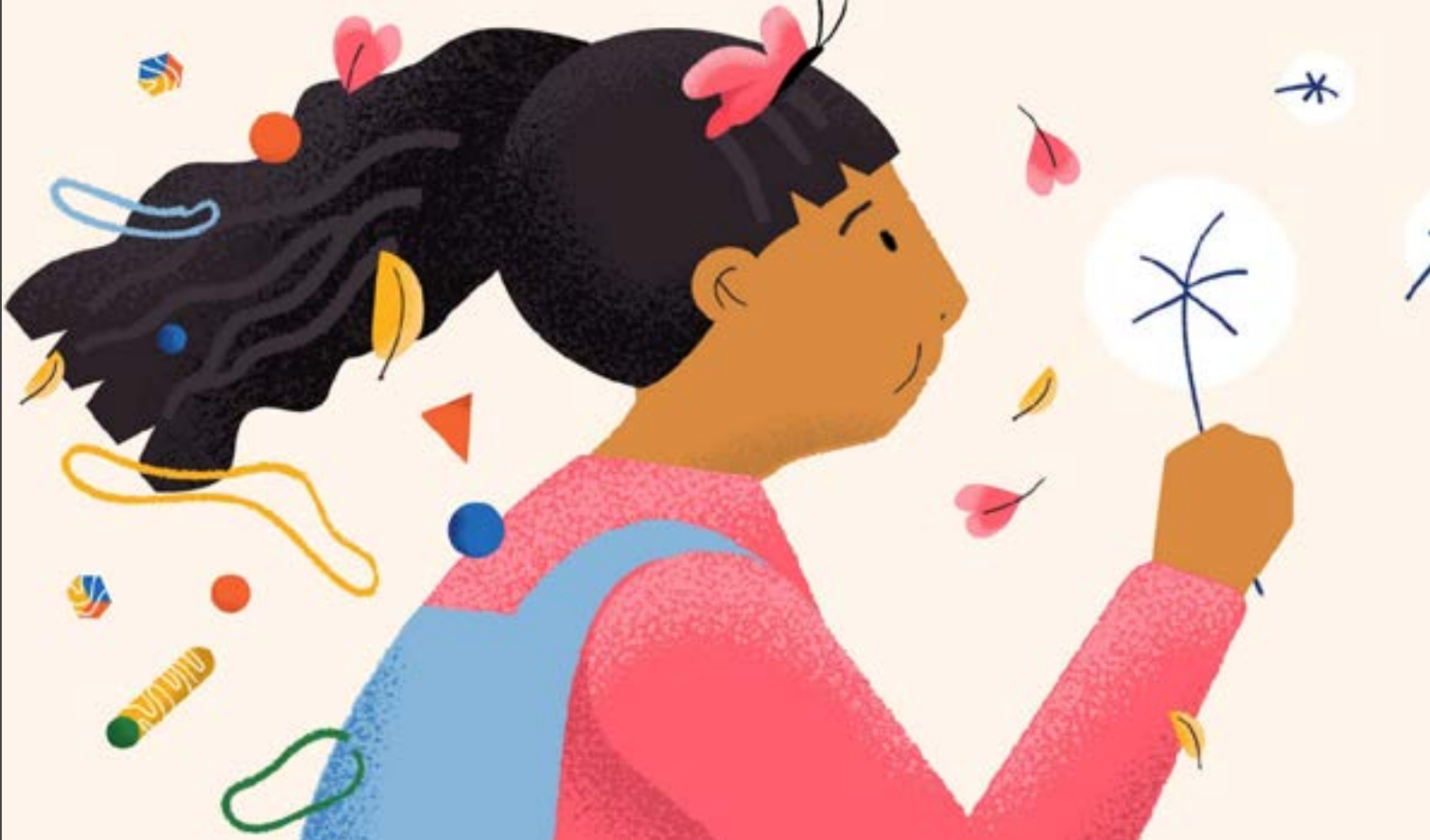
Often we think we can sway our audience by simply presenting facts, and yes, evidence-based arguments are key, especially in policy-making. We make sense of the world according to our existing beliefs, values and experiences. This is why two people can have entirely different understandings of the same fact.
In order for messages on divisive issues such as migration to resonate, this step helps us identify the values we share with our audience. By speaking to these values — instead of simply arguing facts and figures — we are in a better position to open conversations and sway our audience.
Telling stories can be a compelling way to encourage people to visualize and empathize with migrant experiences.
Step 3: Use the Power of Storytelling
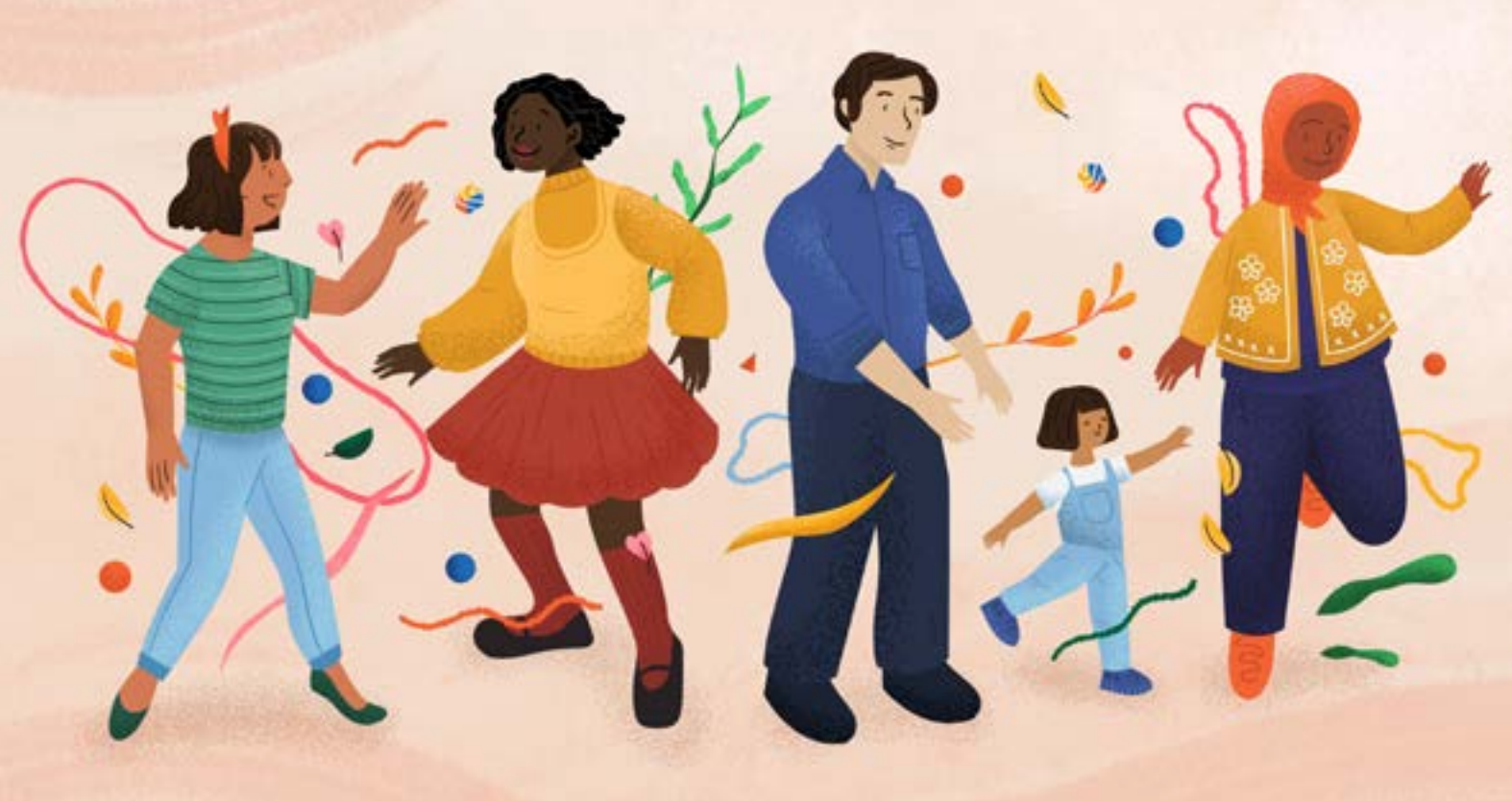
Humans are hardwired for stories, they help bring abstract concepts to life. At its most basic level a story is simply comprised of characters taking actions motivated by values. The stories we share should be an extension of the values we share with our audience. By telling the stories of individual migrants and the communities that welcome them, we can engender greater empathy and understanding in our audience. Providing platforms for migrants to share their stories is a vital part of this.
Find innovative ways to showcase specific local and personal encounters that promote solidarity with migrants, show their boundedness in communities, and underline the power of shared values in connecting people.
Step 4. Think Local
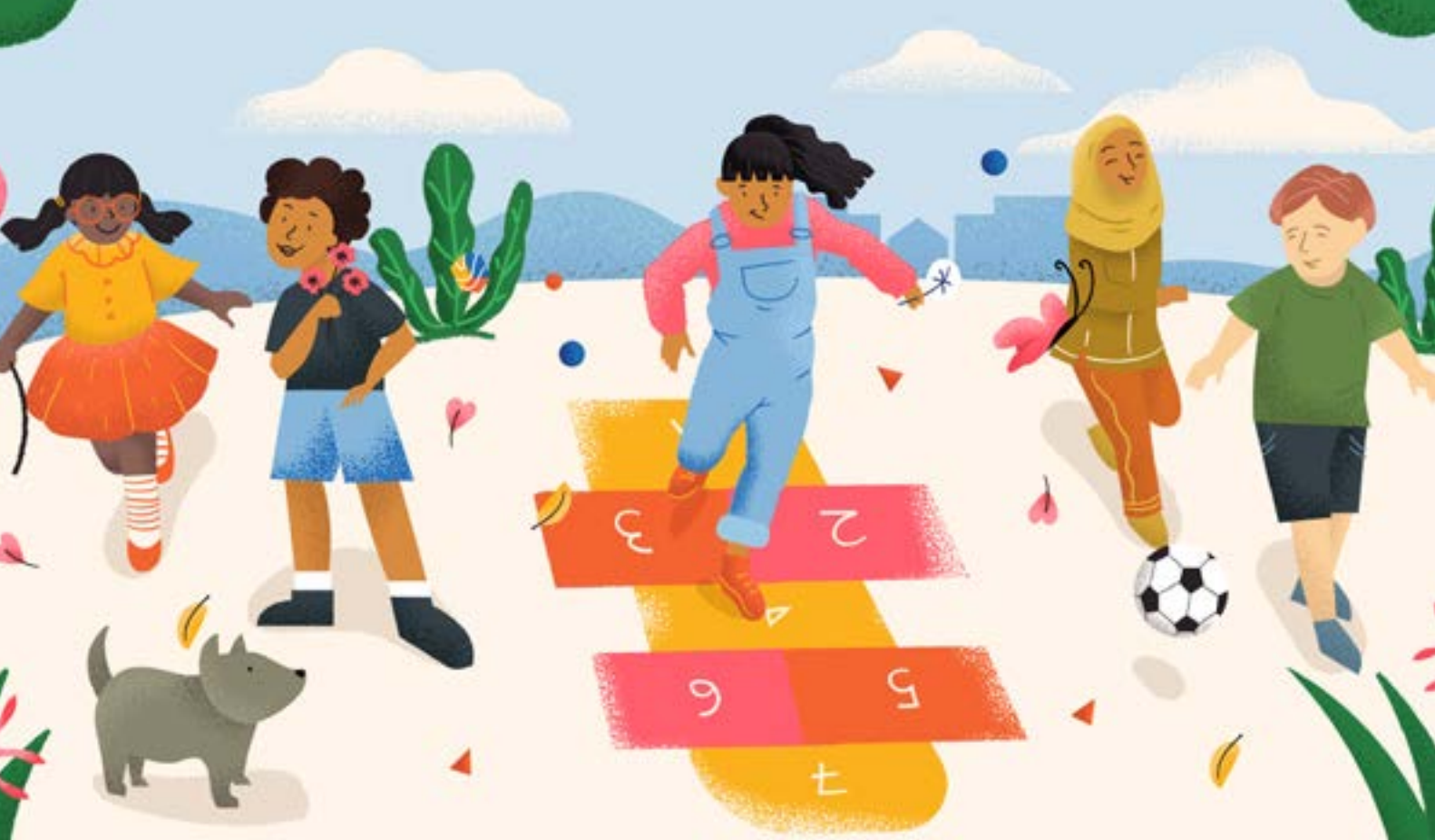
The local level — where we live and interact — provides some of the most powerful potential to shift away from an ‘us’ versus ‘them’ narrative towards a more inclusive ‘us’. At the local level we are able to relate to individuals instead of issues. It is much harder to ignore or reject a real person sharing their personal life experience than it is to make divisive comments on social media about issues and groups that seem far away. This step therefore encourages us to find opportunities for people to come together in shared community spaces or activities and to elevate stories of what we have in common.
“Enabling Narratives” provide opportunities for people to feel that their actions, such as to welcome migrants or to support structural change in migration policies, will make a difference.
Step 5. Find Common Ground
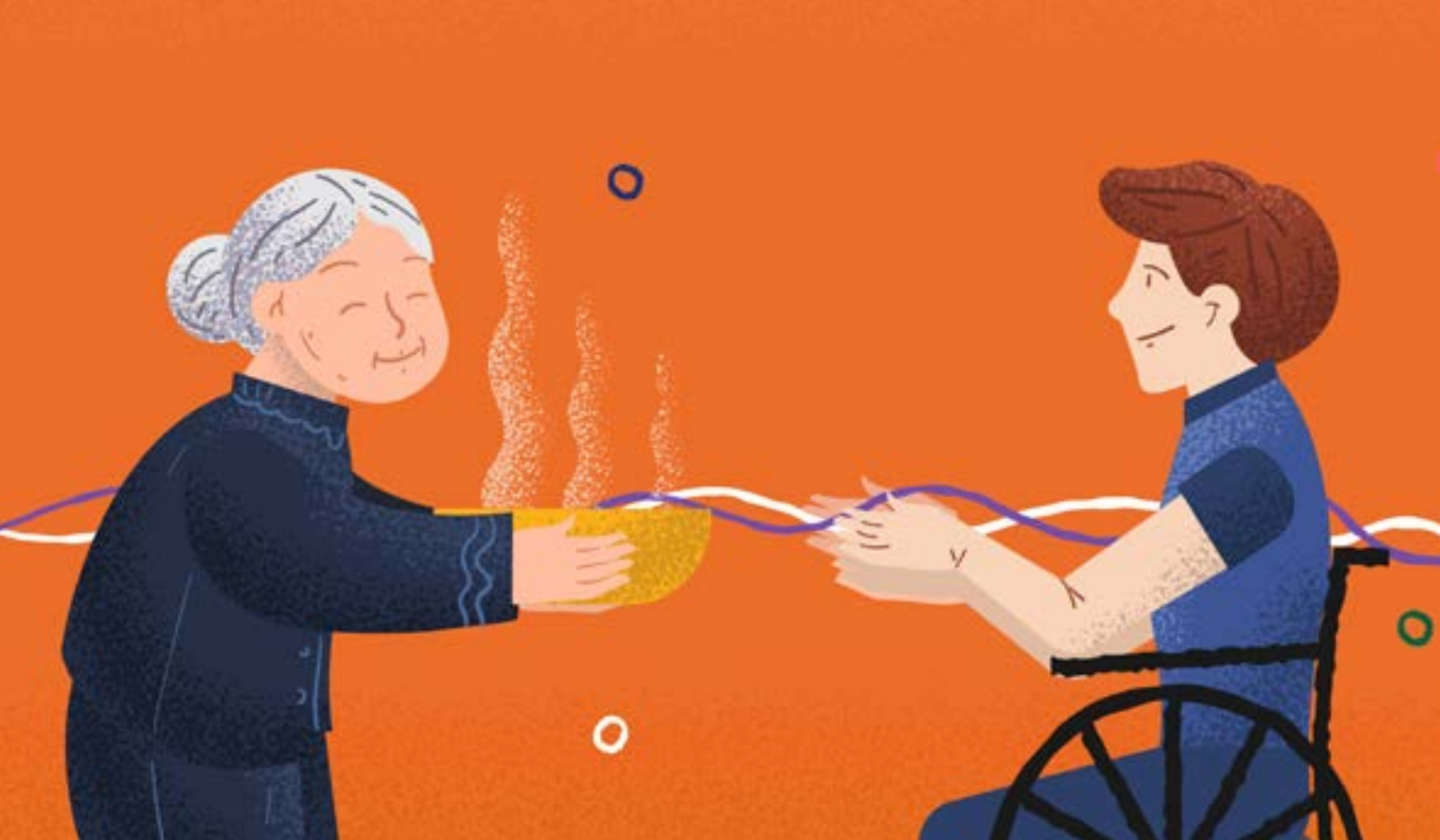
Finding common ground on issues as contentious as migration is key to deepen mutual understanding, empathy and recognizing potential for a joint way forward. This step suggests meeting people where they are. What does the world look like through someone else’s eyes? Developing a nuanced understanding of our audience’s concerns, experiences and values comes with listening and dialogue.
Galvanize the support of diverse parts of society using frames or values that are relatable and adaptable across sectors while maintaining relevance to migration.
Step 6. Build a Big Tent
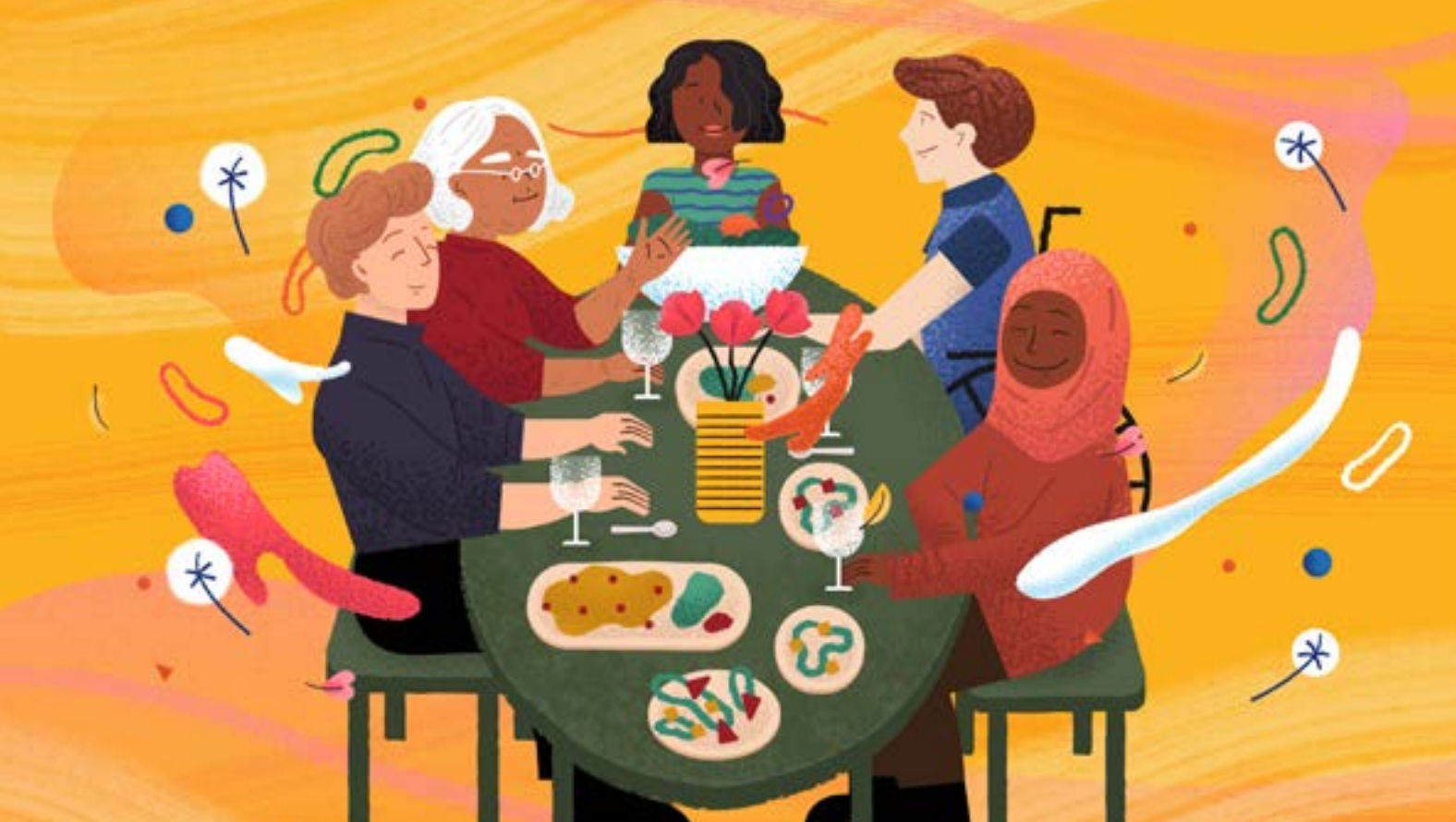
Sometimes we limit ourselves by only focusing on ‘our issues’ and don’t look for allies beyond these. Many individuals and groups share our values and interests across business, media, trade unions, advocacy groups and advertising. By joining together in a broad coalition we can broaden our reach and multiply our stories.
Be aware of unconscious bias in messaging, and avoid discrimination.
Step 7. Do No Harm

Changing the narrative is not a math problem where if we simply apply a formula we will get a perfect solution. It requires adapting strategies to different situations. This step highlights some key guidelines to avoid inadvertently reinforcing harmful narratives and ensure migrants are not reduced to their ‘migrant-ness’ or other ‘boxes’. The language, images and stories we share all play a role in this. Testing our messages in advance of a broad release can help ensure our audience understands the message in the way we’ve intended.
This toolbox is meant to serve as a living resource. If you have inspiring examples to share, would like to run workshops based on the tools or are interested in learning more, we would love to hear from you. Join us in standing up for migrants’ rights and expanding collective action for narrative change!
Genevieve Sauberli is a Human Rights Officer on human rights and migration with the UN Human Rights Office. Christina MacGillivray is a media consultant on human rights and migration with the United Nations Human Rights Office.
Illustrations by Ellena Ekarahendy
The views expressed herein are those of the author(s) and do not necessarily reflect the views of the United Nations.


Comments are closed.